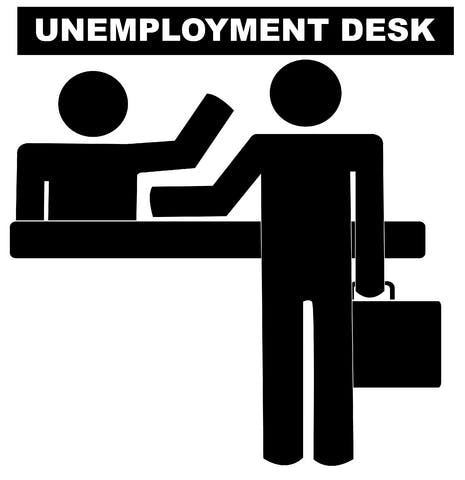The U.S. Department of Labor reported Friday that the country added 96,000 non-farm jobs in August, a disappointing number in light of predictions the increase would be at least 25 percent higher.
It isn’t the smallest increase this year — that came in June when only 45,000 new jobs were added. However, the Labor Department jobs report also revised downward the numbers for June and July by 41,000 jobs, offering further evidence the economy isn’t picking up steam.
Even the decrease in the national unemployment rate, which the Labor Department said dropped from 8.3 percent in July to 8.1 percent in August, offered no help. It was the result of fewer people looking for work. The Los Angeles Times said the 63.5 percent of the population that is in the labor force is the lowest in three decades.
Troubling slowdown in hiring
“Since the beginning of this year,” says the report from the Department’s Bureau of Labor Statistics, “employment growth has averaged 139,000 per month, compared with an average monthly gain of 153,000 in 2011.”
The August numbers echoed last year’s, when 85,000 jobs were added, following 96,000 in July. Since 2010, the summer months have averaged far fewer new jobs than in the winter and spring. In 2010, June through September had a total job loss of 329,000, while the first five months of the year had an increase of 585,000.
Census hiring and layoffs skewed the numbers that year, but in 2011, first five months added 967,000 jobs, an average of 193,400 monthly. From June through September, the average was 116,750. This year, the summer months have averaged 94,000 jobs. The average of the first five months was 166,400.
 Hiring historically has seasonal cycles, with slowdowns in the summer and toward the end of the year, with pick-ups after the new year and between September and November, which is one reason for seasonal adjustments to the numbers.
Hiring historically has seasonal cycles, with slowdowns in the summer and toward the end of the year, with pick-ups after the new year and between September and November, which is one reason for seasonal adjustments to the numbers.
These numbers, however, suggest more than seasonality. The slowdown in hiring this year compared to last is troubling.
Temp hiring down as well
“This is definitely a setback for the labor market and the economy,” said Michael Feroli, chief U.S. economist at JPMorgan Chase & Co. in New York and former economist for the Fed. “This clearly validates (Federal Reserve Chairman Ben) Bernanke’s concern. We have Europe, the fiscal cliff, and it is a generally cautious business environment.”
Temp hiring, traditionally considered a precursor to new permanent hiring, declined in August by 4,900 positions. It was only the second decline in a year.
Hiring in August was strongest in the food services and drinking places sector, which added 28,000 jobs, and in professional and technical services, which added 27,000 positions. Of those, 10,600 came in computers and another 8,700 came in management and technical consulting.
Health care continued to grow, adding 16,700 positions, mostly in jobs in home health care, outpatient centers and the like.
State and local government continued to shed jobs. Their payrolls declined by a combined 10,000 during the month. Manufacturing lost 15,000 jobs in August, with half the loss coming in motor vehicles. Workers in the sector averaged slightly fewer hours, down .2 to 40.5 hours a week.
Hourly wages for all workers declined during the month by 1 cent to $23.52. Over the last year, wages rose an average of 1.7 percent. Average hourly earnings of private-sector production and non-supervisory employees edged down by 1 cent to $19.75.
